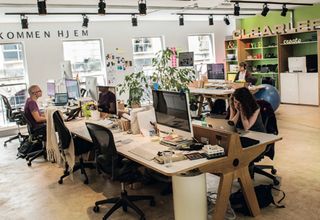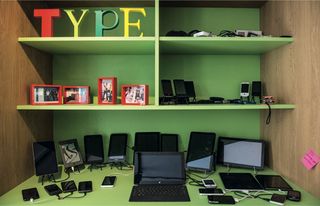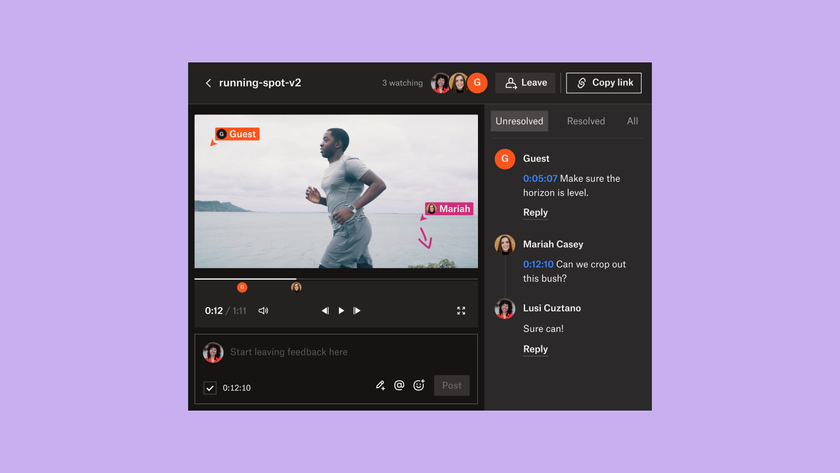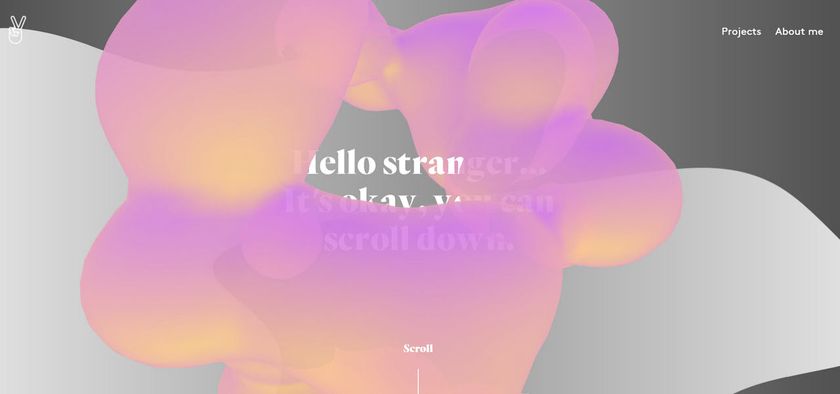Responding to a new world of digital branding
Clearleft's Andy Budd explains why agencies need to start delivering better digital brand communication for their clients.
We've seen the rise of responsive design - a technique focused on solving the constraints of small screens, before applying the resulting design patterns to ever more complex environments. Of late we've started to apply similar thinking to the world of branding.
As a company Clearleft has been fortunate to work with some of the world's best branding agencies. We've always been impressed with the quality of their work, except in one area: how the brand is reflected online.
When we meet agencies, we are typically presented with a brand book. It generally goes into a huge level of detail around factors such as how many inches should be left around the logo, and what typefaces should be used. The book sadly gives scant consideration to how these things should work on screen.
If we're lucky, the branding agency will get one of their juniors who knows 'a bit about the web' to attempt a home page mock up. That's often it.
There are risks associated with this brave new world
Sadly these web designs are never fit for purpose. This means we're usually asked to do additional work to apply the brand's online guidelines. However, over the past few years we've started to see a shift in client demands.
Over the past few years we've seen how companies are now wising up to the digital. They've begun to consider how the experiences they offer influence their customers' first impressions. And, more over, they realise customers are often more exposed to digital. In short, they know it makes no sense to communicate a brand perfectly in brochure, when they fail online.
A new approach

In the last 18 months we've witnessed half a dozen companies who want to start their next brand refresh online, before applying the results to the broader canvas and higher fidelity of the physical world. To achieve this they've been eschewing their traditional agencies in favor of digital specialists.
Digital agencies understand how type renders on screen. They understand how colour presents itself on digital displays. They know how a flexible set of design elements combine to satisfy a whole spectrum of display options. Ultimately, a digital agency understands the limitations of the medium, and how to make the most of low resolutions and limited real estate.
As with responsive design, once these limitations have been accounted for, it becomes much easier to scale up the brand for traditional uses. At this point, they may even bring in a more typical branding agency.

Digital first's risks
I believe that digital first branding will be the next major trend in design. Not because of visual trends, or advances in technology. Rather, I think digital first branding is what clients need.
Digital agencies should take note though. There are risks associated with this brave new world. Digital agencies must step up their game and take ownership of digital branding. If they don't traditional agencies – or at least those wise to this digital first shift – will acquire the necessary skills. If this happens, I can see digital agencies being marginalised.
As such, digital agencies need to improve their branding skills and embrace this new challenge, or risk getting subsumed by more traditional agencies.
Are you ready for this brave new world of digital first branding?
Words: Andy Budd
Andy Budd founded Clearleft with Richard Rutter and Jeremy Keith in 2005. He now sets the company direction, cultivating relationships with clients and promoting Clearleft's work. Follow him on Twitter at @andybudd.
Like this? Read this!
- 10 web design trends that will change everything in 2015
- Free adaptive web design ebook available now
- The best free WordPress themes

Thank you for reading 5 articles this month* Join now for unlimited access
Enjoy your first month for just £1 / $1 / €1
*Read 5 free articles per month without a subscription

Join now for unlimited access
Try first month for just £1 / $1 / €1
Get the Creative Bloq Newsletter
Daily design news, reviews, how-tos and more, as picked by the editors.
The Creative Bloq team is made up of a group of design fans, and has changed and evolved since Creative Bloq began back in 2012. The current website team consists of eight full-time members of staff: Editor Georgia Coggan, Deputy Editor Rosie Hilder, Ecommerce Editor Beren Neale, Senior News Editor Daniel Piper, Editor, Digital Art and 3D Ian Dean, Tech Reviews Editor Erlingur Einarsson and Ecommerce Writer Beth Nicholls and Staff Writer Natalie Fear, as well as a roster of freelancers from around the world. The 3D World and ImagineFX magazine teams also pitch in, ensuring that content from 3D World and ImagineFX is represented on Creative Bloq.












